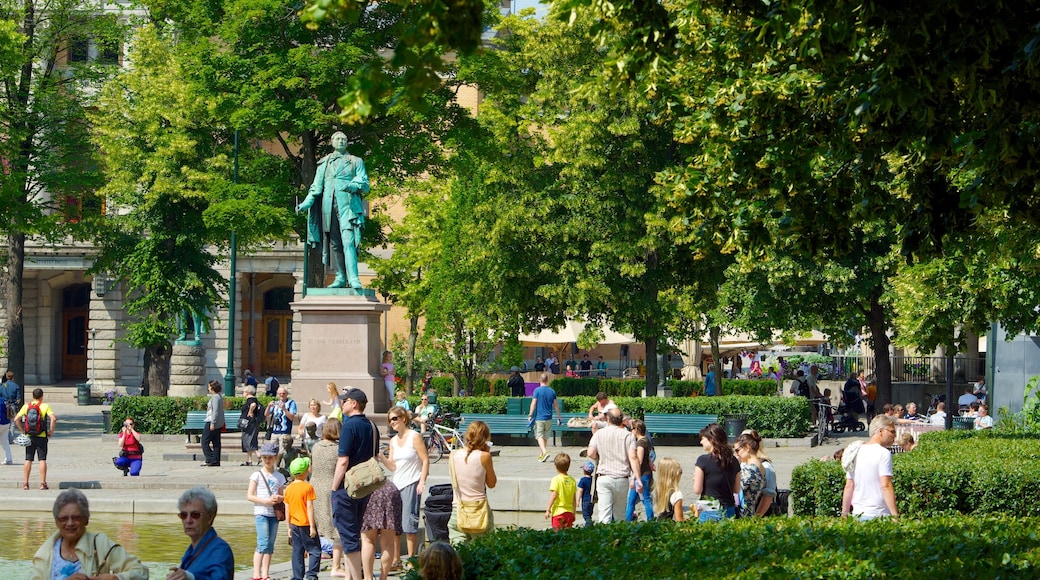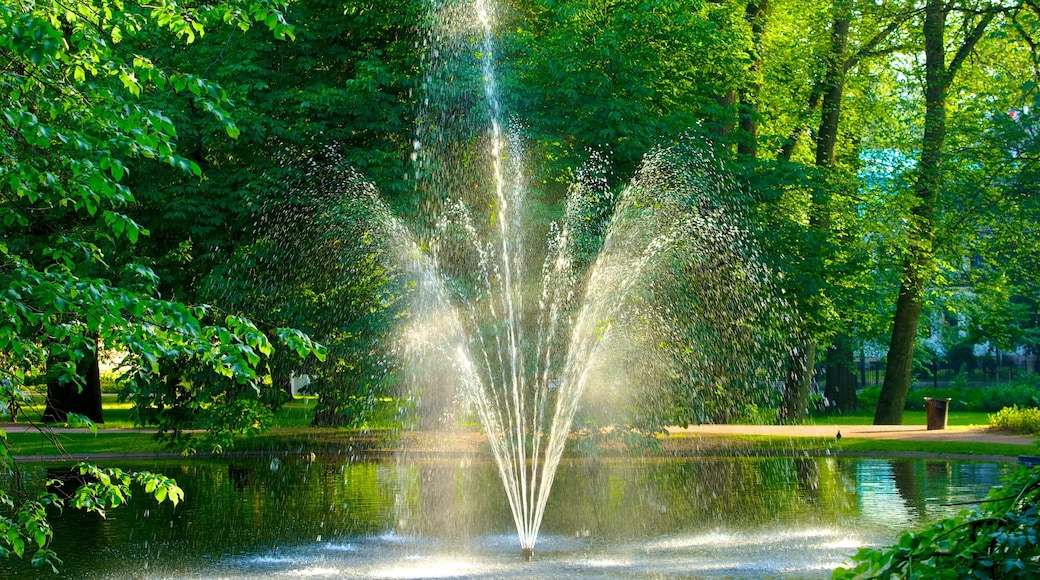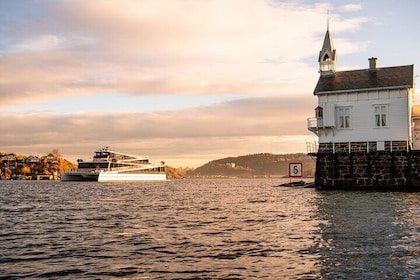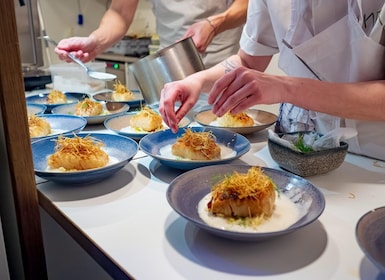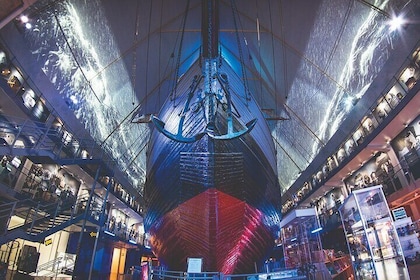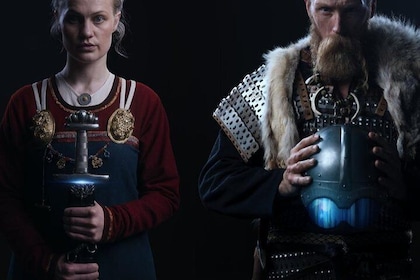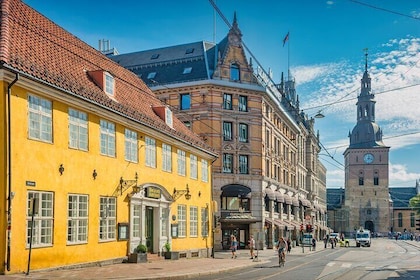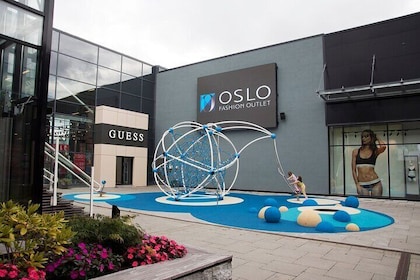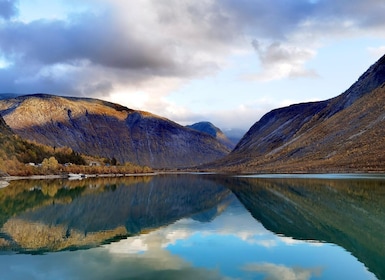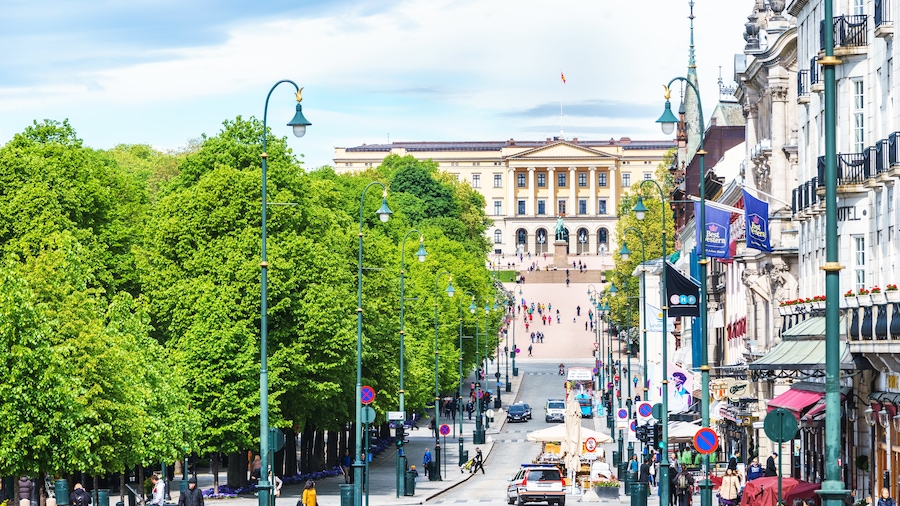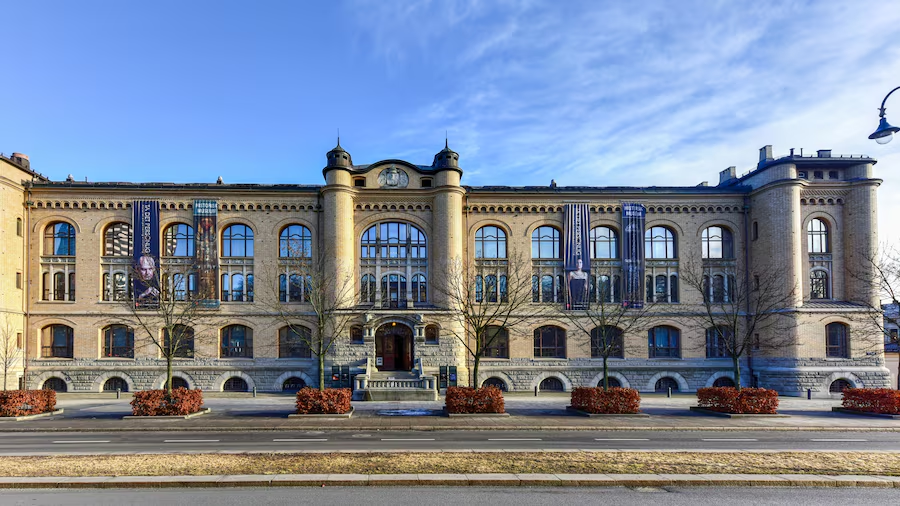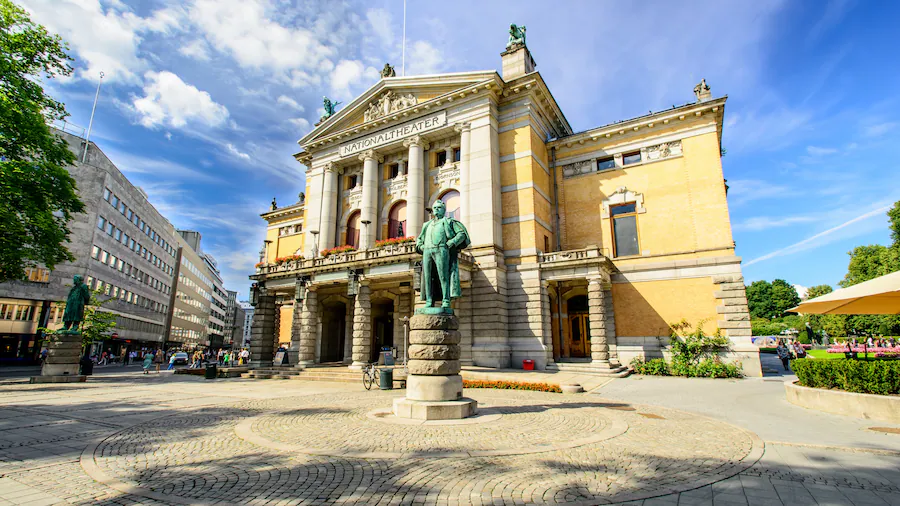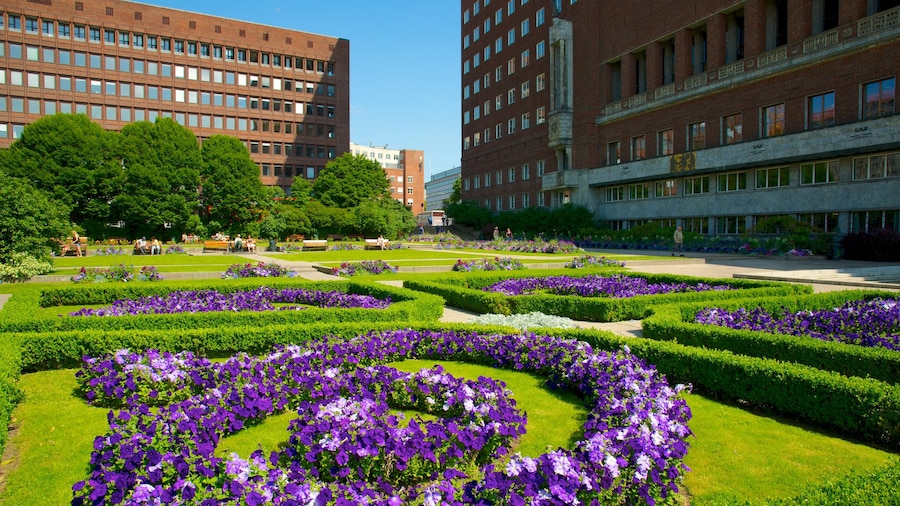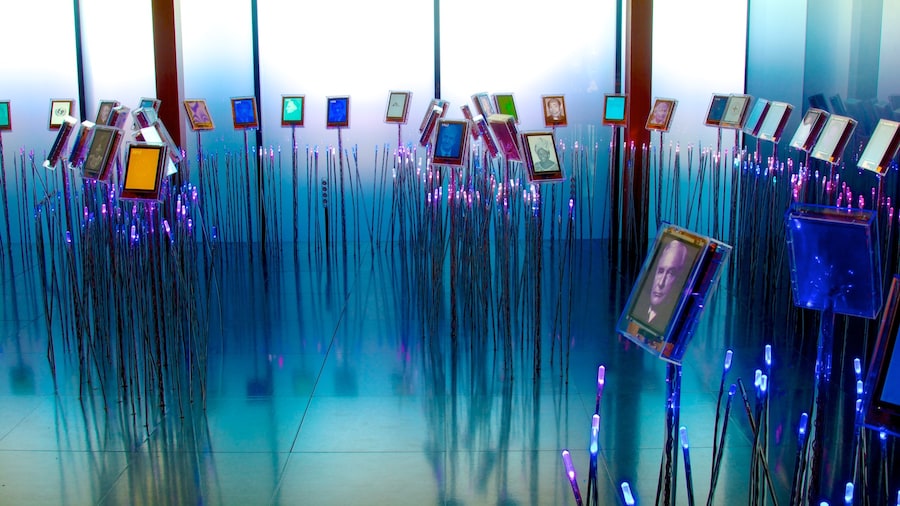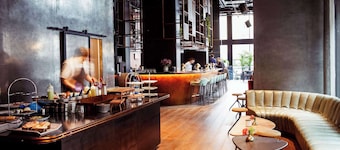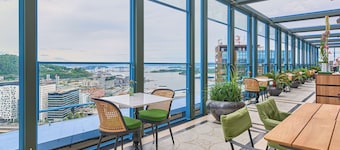Relax in the beautiful surroundings of this city-centre park, built for the enjoyment of the Norwegian Royal family.
The Palace Park is one of Oslo’s oldest and largest parks. The 22-hectare grounds surround the Royal Palace, the Norwegian Royal Family’s main residence. Stroll through the gardens to admire the beautiful water features, sweeping lawns and majestic trees, many of which originate from when the park was constructed between 1820 and 1848.
The park’s design reflects the Romantic aesthetic that was the height of fashion in the early-19th century. Designed by Hans Ditlev Franciscus Linstow, a Danish-born architect, the layout sought to emphasise the ideal state of nature.
Water features lie at the heart of the park, most notably the Ice Pond, so-called because it was used to supply ice blocks to the palace cellars and the nearby breweries during the long, harsh winters. The pond is now surrounded by beautifully arranged flower beds and willow trees. As you stroll across the small wooden bridge, look down towards the water to admire the clusters of water lilies.
Look out for the six statues that stand in the park – five depict notable figures from Norway’s history, and the sixth is a charming sculpture of a small deer. Admire the statues of King Carl Johan, who ascended to the throne in 1818, Camilla Collett, the writer and women’s rights activist, and the most recent addition, the statue of Crown Prince Märtha, unveiled in 2007.
The centrepiece of the park is without doubt the Royal Palace. With its central colonnade and white stucco façade, it creates an impressive picture. During the summer months when the Royal family are not in residence, the palace is open to the public for guided tours. At this time, you can also access the Queen’s Park, a Rococo-style garden dating back to 1751.
If you’re visiting at lunchtime, don’t miss the daily pageantry of the Changing of the Guard. This 40-minute ceremony takes place throughout the year.
.The Palace Park is located in central Oslo, and is easy to access by public transport. Admission to the grounds is free, but there is a charge for the palace guided tours.

